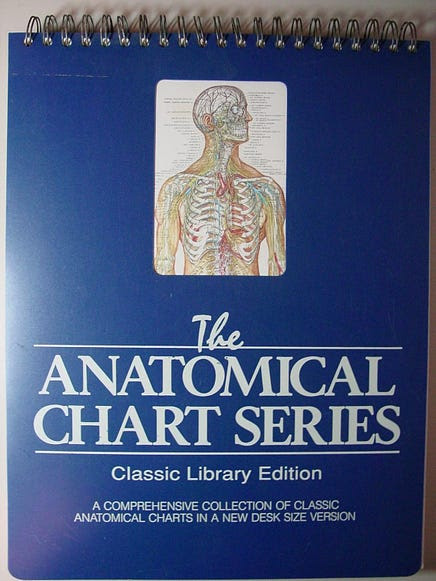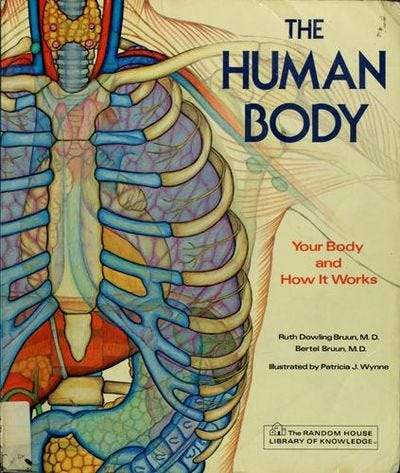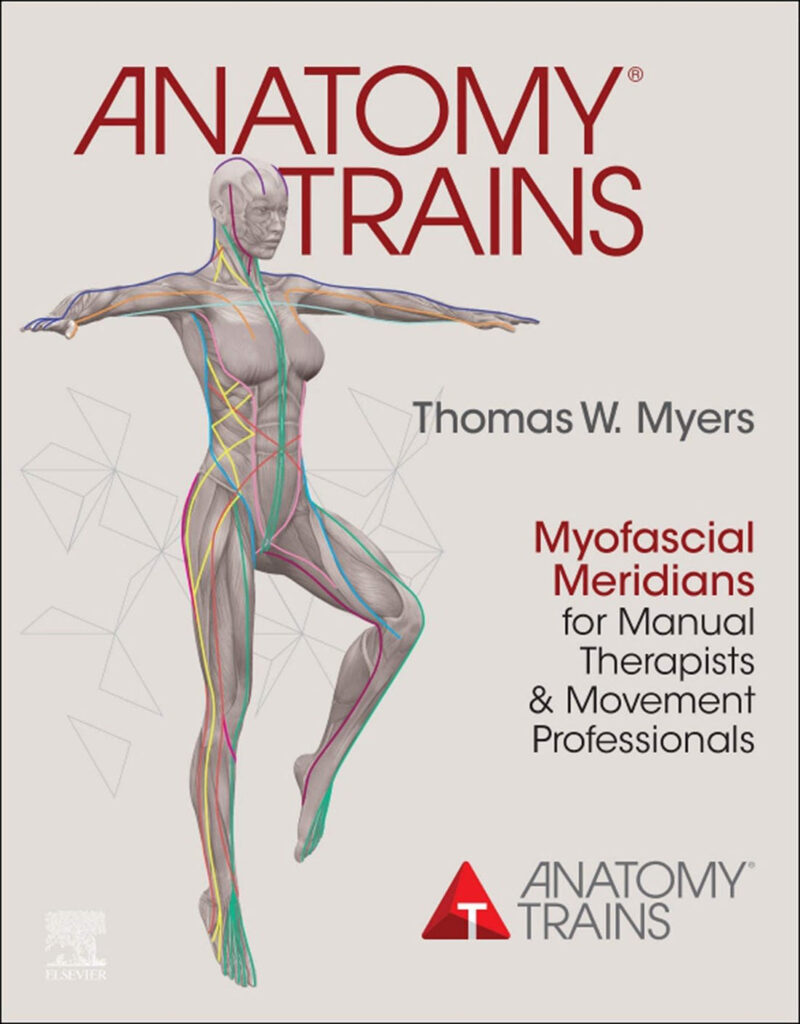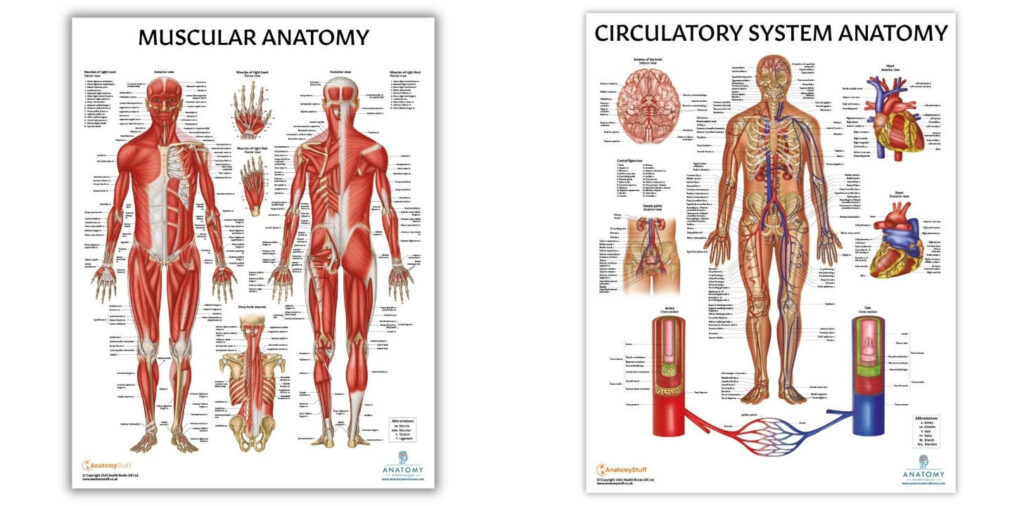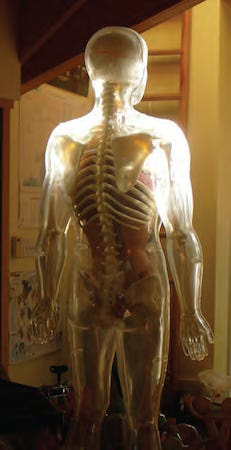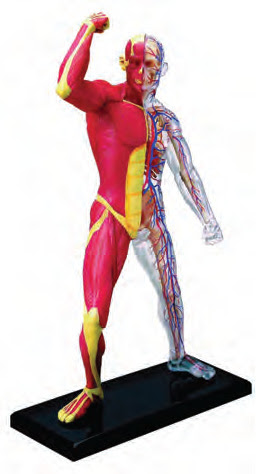Gar’s Tips & Tools – Issue #181
Access to tools, techniques, and shop tales from the diverse worlds of DIY
Gar’s Tips, Tools, and Shop Tales is published by Cool Tools Lab. To receive the newsletter a week early, sign up here.
The Grand Tradition of Fishing Tools from the Trash
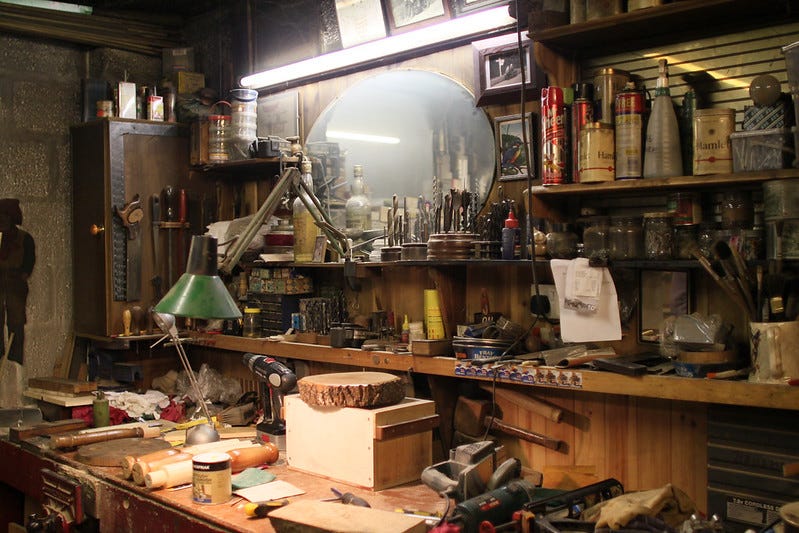
Some of the first tools I fondly remember were garbage. Literally. In my grandfather’s basement workshop, he had 8 O’Clock Coffee and repurposed paint cans everywhere, filled with rags, tools, hardware, materials, and supplies. All along his workbench, he had rows of baby food and peanut butter jars hung from their lids along wooden racks, each jar neatly labeled with its contents (nuts, bolts, screws, nails, etc.). When I think back on that space, most everything was made from garbage and junk. The workbenches were old doors. One other “tool” type I remember was storage bins made from laundry detergent boxes. He had cut them on a bias (kind of like magazine back issue boxes) and used them to store repair manuals, warranties, and other paperwork and small wood and metal scrap. I remember thinking Gramps must be some sort of genius for coming up with all this. Now, as an adult, I not only use similar garbage for storage and organizing, I participate in a hobby (tabletop wargaming) that uses trash extensively as modeling material. I’m in the process of making an entire sci-fi town for a game called Stargrave out of a single plastic crudités tray I fished from the trash. I call this junk-material-finding skill “terrain eye.” What “tools” have you fished from the trash? I’d love to see some pics.
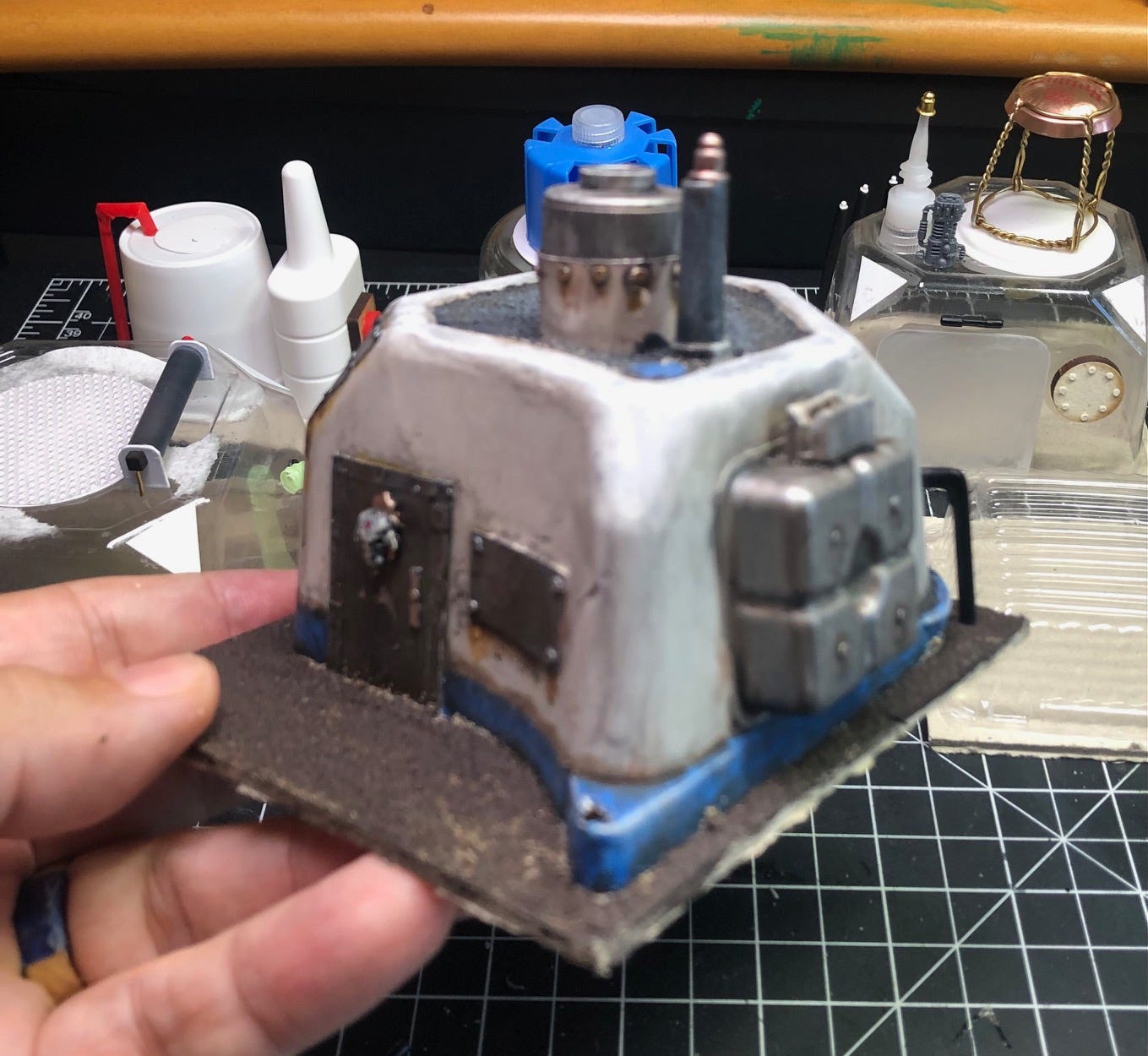
IDing and Testing Counterfeit Tool Batteries
In this Project Farm video, Todd conducts a series of tests to highlight the differences between authentic and counterfeit batteries from brands like DeWalt, Milwaukee, and Makita. He shows how visually similar counterfeit batteries are to the real ones, making it easy for consumers to be fooled. He then tests the batteries for safety, performance, and durability. The results are striking—authentic batteries consistently outperform counterfeits in terms of performance torque, longevity, and safety during short circuits. One key finding is the significant weight difference, with genuine batts weighing more, indicating higher-quality materials. Performance tests reveal that genuine batteries deliver better torque and last longer under load. For instance, a genuine DeWalt battery delivered 152 INB of torque compared to 115 INB from the counterfeit. Despite the tempting lower prices, Todd shows that counterfeits are a poor investment, providing neither the performance nor the safety of authentic ones.
New Homeowner Tools
If someone asked me what kind of tools should a new homeowner have, my first and immediate response would not be a Japanese pull-saw. But I’m not Adam Savage. In this “Ask Adam” segment, he answers that question with some of his go-to home tools. As you might imagine, he recommends hammers (all-purpose, mallet, ball peen ), drivers, pliers, etc. But he also recommends things like a Spackle knife and a decent picture-hanging kit. In the video, he’s asked by another viewer about his favorite area of making (woodworking, machining, model-making, costume making, etc.). His fave? Shop infrastructure. He argues it offers the best reward for the effort.
More Tool Love for the Stanley Workmaster
More from Adam Savage. Adam has waxed uber-nerdy before over his nostalgic attachment to the 1970s-era Stanley Workmaster screwdrivers. In this video, a viewer sends him two unopened drivers from that era. There has likely been a new demand for these vintage tool since Adam began braying on about them. I can’t find many offerings online that aren’t overpriced. But this will only make them sweeter “Holy Grail finds” when I scare some up at a yard sale.
Let’s Talk More About Vintage Tools
I’m sure many of you reading this are like me: 1) tool fanatic, 2) with a special place in the heart for vintage tools. Some of my most cherished tools over the years have been estate sale/yard sale finds. Thirty or so years ago, I acquired a boatload of measuring, marking, and lettering tools at an estate sale. The deceased had been an aerospace engineer for Grumman. I am still using some of these today and don’t think I ever use them without thinking of that guy — what work products he created with these tools. Old tools tend to be better made, with more material, and they come enchanted with a history of their use. Besides Adam’s Stanley Workmasters above, look for old Snap-On, Craftsman, and S-K tools (among others). Mechanics toolboxes. Any and all clamps. Stanley planes and folding rulers. Starrett anything. What are some of the vintage tools you’ve acquired and why do you cherish them?
Soooo Many Terrible Tips!
As someone who trades in tips, I have a love/hate (heavy on the hate) relationship with tip roundups as found on YouTube, Instagram, TikTok, etc. Even ones that are thoughtfully curated usually contain a stinker or two. Since eyeballs and clicks drive the economics of these roundups, the tips just have to look good; appear to be useful and clever. For me (besides periodically finding a truly useful hack in one of these vids) they mainly serve as worthy fodder for one’s B.S. Detector. Watch and ask yourself: Does this really solve the given problem? How long would it last? Is it worth the time/money/effort? Would a commercial product actually be cheaper and work better? Is the Emperor really wearing any pants? If nothing else, some of these are good for a laugh. The comments are usually funny, too. Tool Tips Official is one of the worst… er… I mean best.
Shop Talk
In response to a Shop Talk entry on using a folding ruler to make right angles, MassMatt writes:
08/7/24…the ancients used a rope with knots to make the 3-4-5 triangle. If you want a low-tech solution, this would be even more portable than a folding ruler, and would not have the issue of the bump sticking out of the right angle forcing you to “guesstimate” around it. You do need to anchor the three angles though.







